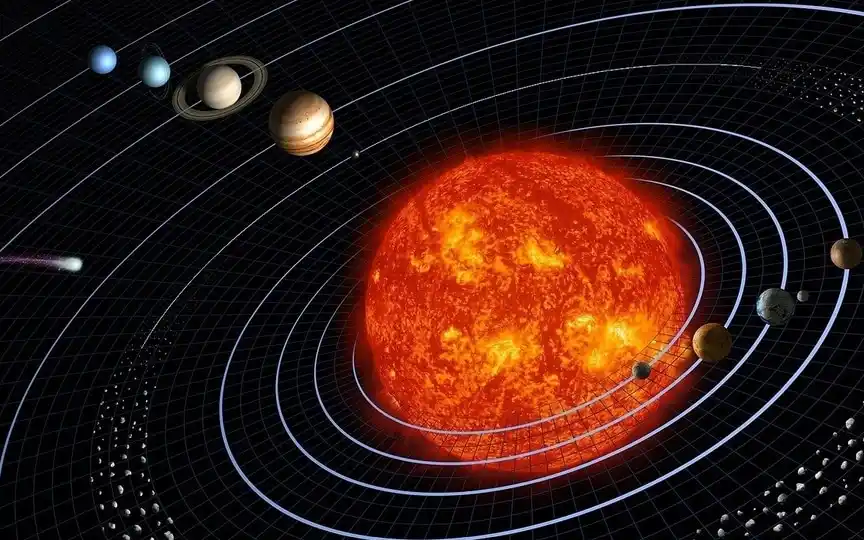Discover 5 Fascinating Facts About the Solar System
The solar system continues to captivate our imagination with its endless wonders. From the scorching brilliance of the Sun, which serves as the radiant centerpiece, to the mysterious gas giants like Jupiter and Saturn adorned with magnificent rings, each planet possesses its own unique allure. Earth stands out with its vibrant blue oceans and lush green lands, while Mars resembles a fascinating desert planet. Further out, we encounter icy planets known as Uranus and Neptune. Occasionally, we witness shooting stars as comets and asteroids pass by. Exploring the solar system is akin to embarking on a grand adventure to uncover these extraordinary celestial destinations. We have compiled a list of lesser-known facts about the solar system for your perusal.
Mars is as cold as the South Pole
The temperature on Mars is cold enough to freeze your bones! The average temperature on Mars is around -60°C, which is like the South Pole, but without the penguins. Scientists want to make Mars warmer, so they’ve come up with ideas. One is to erect huge mirrors that reflect sunlight to warm the planet faster.
Mercury takes only three Earth months to orbit the Sun
Mercury is the closest planet to the sun. It only takes three months for Mercury to orbit the Sun. This is the fastest trip around the Sun among all the planets.
One day is longer than a year on Venus
A day is how long it takes for a planet to go around completely, and a year is how long it takes for a planet to go around the Sun. Venus is unique because it is one of only two planets that rotate in a different direction, such as backwards. It rotates really slowly compared to other planets. Some think this is because another planet collided with it, or it gradually stopped and then started rotating in the other direction. Venus takes 243 Earth days to go around once and 225 days to go around the Sun. So on Venus, a day is longer than a year.
Uranus does not have a solid surface
If we can visit the gas planets one day, exiting the spacecraft might surprise you. This is because planets like Jupiter, Saturn, Uranus and Neptune do not have hard surfaces. They are mostly huge balls of hydrogen and helium with a rocky center. This is why you may never be able to stand on Uranus.
Saturn’s rings are made of 90% water
Saturn has an amazing ice rink in space. Because it is so far from the Sun, the water in its rings turns from ice to ice. Saturn is one of the four planets that have rings around them, just like the other gas giant planets. But we didn’t know about the rings of those planets until the 1970s, when special machines went to study them. Saturn’s rings were the first to be seen with telescopes on Earth.




